The sweet, rhythmic taps of zapateo mingle with Maluma’s “El Préstamo” on an undeniably hot afternoon in September, filling the air on Ragsdale Lawn with a liveliness that usually leaves campus on Friday nights. Between two trees, University Programming Board (UPB) event coordinators Alex Alexander and Paola Ruiz hang a colorful banner that reads “Hispanic Heritage Month.”
Hispanic Heritage Month is important, particularly in Texas with nearly 40% of its population identifying as Hispanic or Latino. Texas stands as a testament to the rich cultural tapestry woven by generations of immigrants and their descendants. Hispanic culture is not just a part of history, but a living, growing presence.
Sept. 15 marked the beginning of Hispanic Heritage Month nationwide, but it officially kicked off on the hilltop this past Friday with an outdoor party hosted by UPB.
Last year, the team had planned an outdoor movie night which was canceled due to rain. This year, they sought to do something that encapsulated Hispanic culture to connect all Hispanics, Latinos and students alike – through dance.
“For me growing up, a big part of what being Hispanic meant was dancing and the energy, so I wanted to do something more upbeat,” Ruiz said.
One group congregates by the taco table, another organizes a game of lotería while a few other people dance in pairs to their favorite Spanish songs.
The lotería group huddles together, welcoming everyone into the circle. One person calls out cards – “La corona,” “el sol,” “la sirena,” – as they are drawn while the rest listen attentively, placing pinto beans on their cards until someone fills a row and chants the winning words: “¡Buenas!”
One participant, Nina Hernandez, describes lotería as Mexican bingo.
“Typically you play with friends or family,” Hernandez said. “It’s a really big thing, especially in my household, at parties. If we didn’t have anything else to do, we would just play loteria.”
There is a consensus at the table that lotería is a means of unity in many Hispanic families, particularly those of Mexican descent. It’s a way to come together and share a moment, whether for the satisfaction of a “buenas” or for a higher-stakes win.
As the sun begins to dip behind the Main Building, a pair of dancers, Jose de Luna and Ashley Bocanegra, in their blue jeans and white boots, take position. Their zapateo (footwork), smiles and posture exude pride for the art form of folklórico.
But this isn’t just a performance; students are invited to join in, learn basic zapateo steps and experience the joy of this centuries-old art form firsthand.
Ballet Folklórico has been on the hilltop for 22 years, as a student-led organization aiming to celebrate Hispanic culture through dance. De Luna, who has been dancing in the group since his freshman year, describes folklórico as “the history of Mexico, in dance form.”
While ballet folklórico is a Mexican art form, dance unites all Hispanic and Latino cultures. Whether it’s ballet folklórico in Mexico, festejo or marinera in Peru, cumbia in Colombia or cueca in Chile: each country uses dance as a means to tell its own unique and vibrant story. For its dancers, it is also a way to connect with their own culture.
“I fell in love with the way the dancers moved their skirts, the sound of their shoes, and I wanted to connect with my culture in that way,” said Bocanegra, who has been dancing for six years now.
As the traditional folklórico music fades, the laughter from the lotería table quiets and the heat subsides, the importance of Hispanic Heritage Month resonates deeply. At St. Edward’s, an officially recognized Hispanic-Serving Institution, this month-long observance is more than just an event – it’s a reaffirmation of identity, a bridge between cultures and a platform for understanding. It offers students, regardless of their background, an opportunity to explore the diverse facets of Hispanic heritage, from the rhythmic steps of folklórico to the communal joy of loteria.
In celebrating Hispanic Heritage Month, the hilltop not only honors its significant Hispanic student population. In fact, it prepares all its students to thrive in an increasingly multicultural world, fostering an environment of inclusivity and mutual respect that extends far beyond the bounds of campus.


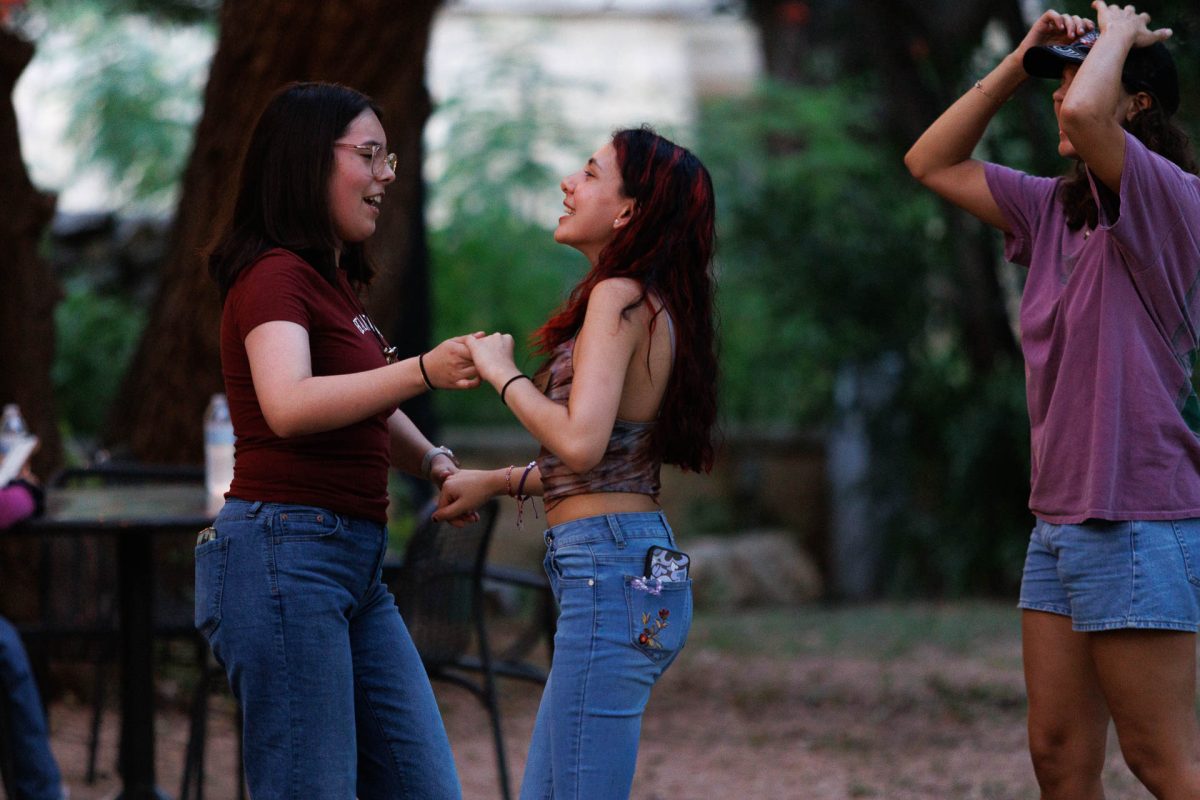
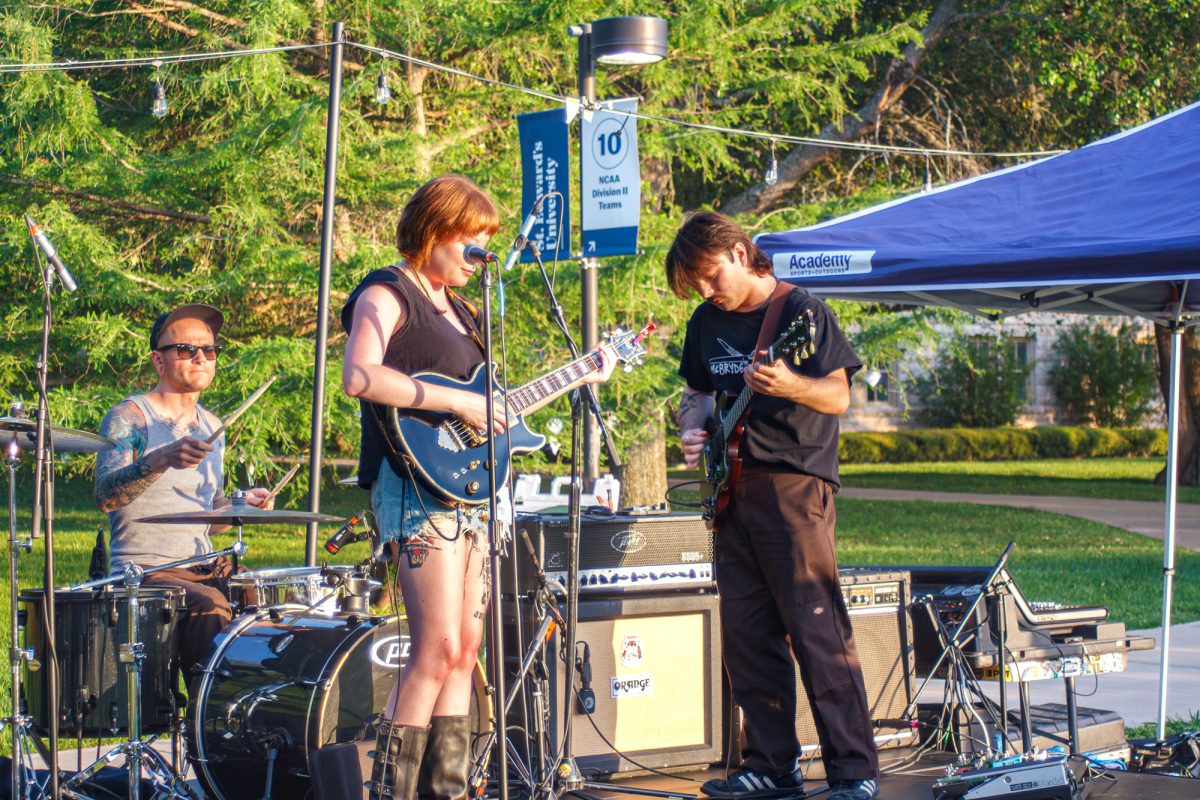
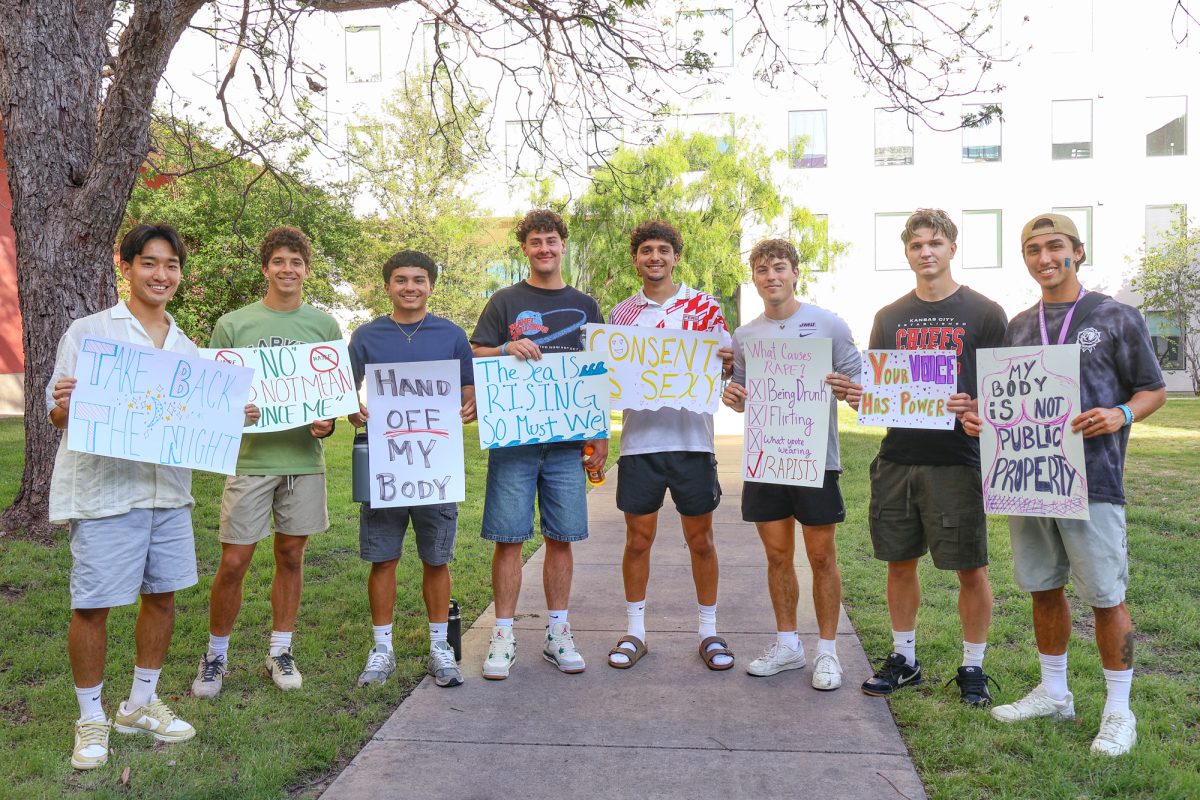
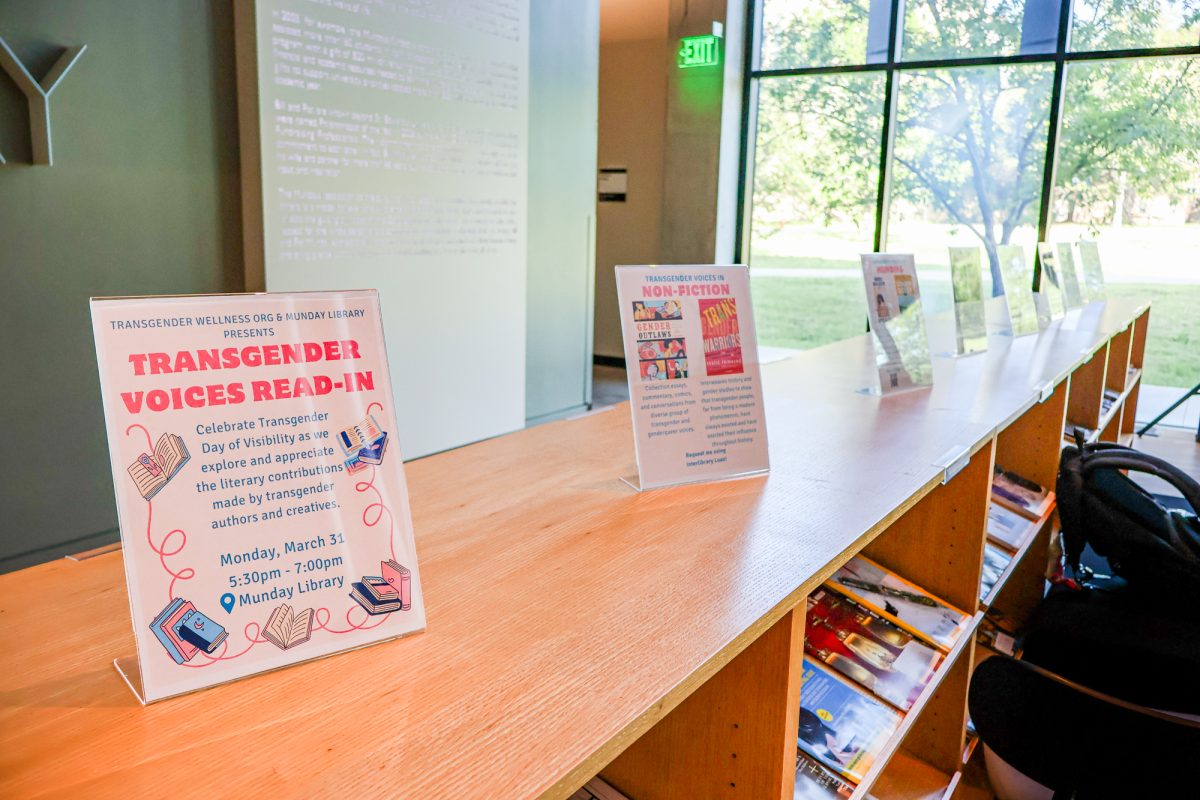
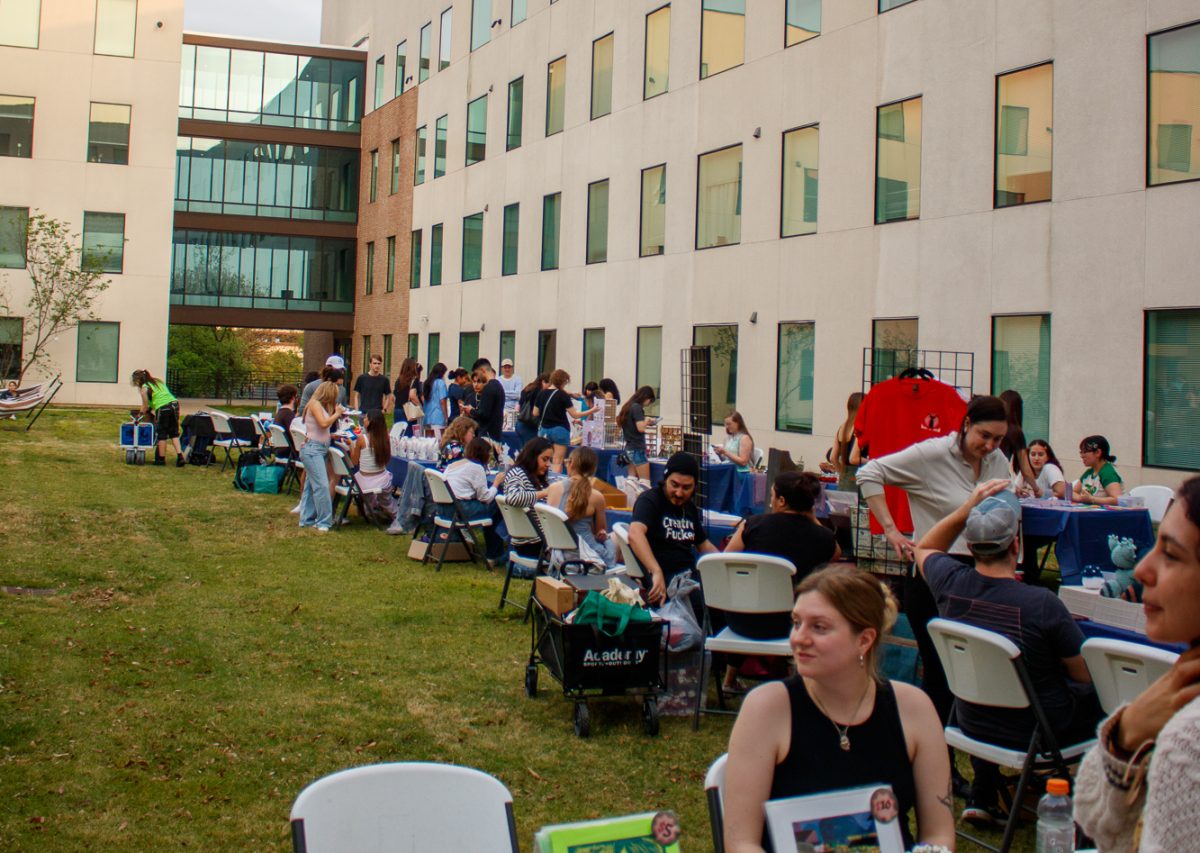

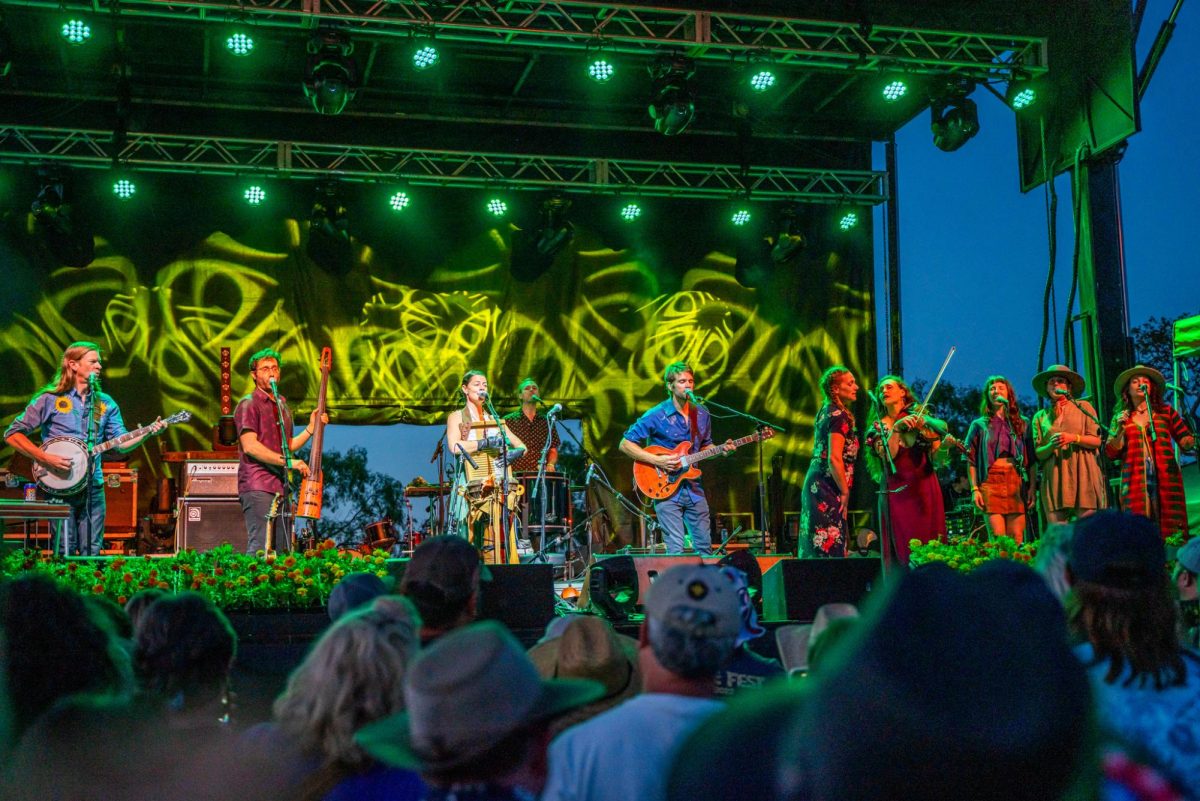
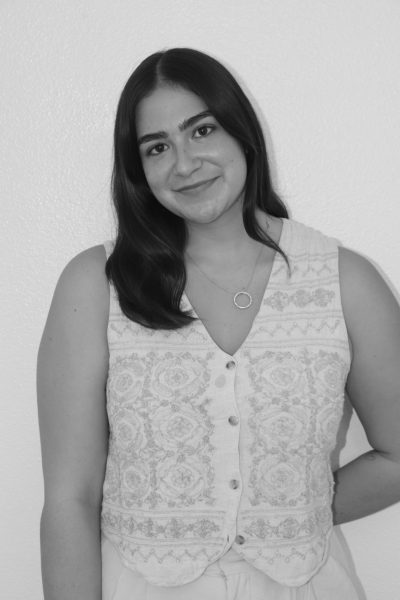
Jose De Luna • Sep 24, 2024 at 10:29 am
I love this! Viva Mexico!!